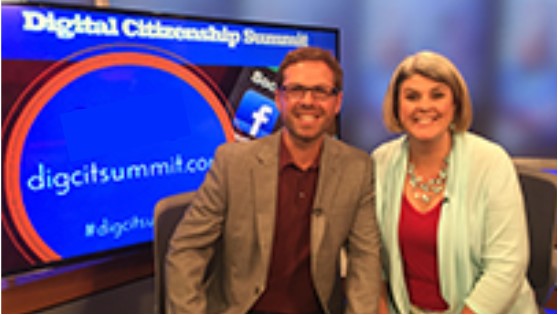Connecticut Students Know Much About History; Stand Out in National Contest
/Hamilton. Say the name these days, and people almost reflexively think of the hit Broadway show. But for Connecticut students Juliana Rodrigues, Max Bueno, Samantha Gilbert, Emily Strickland, and Joseph Zarif from Memorial Middle School in Middlebury, Hamilton brings to mind more recent history.
The students won two Special Awards for their project, Alexander Hamilton Explores a Financial System for the New Nation of America, at the National History Day Competition for middle school and high school students, held this month in Maryland. They middle-schoolers won the U.S. Constitution Award and the Special Award in History in the Federal Government.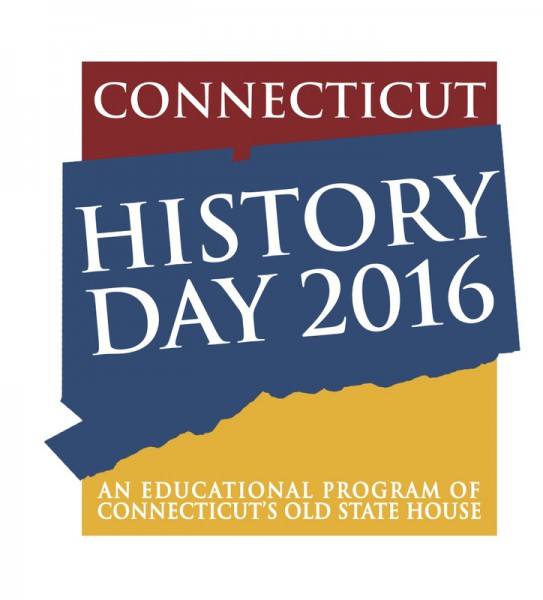
Connecticut History Day is a program for students in grades 6-12 that encourages exploration of local, state, national, and world history. After selecting a historical topic that relates to an annual theme, students conduct extensive research using libraries, archives, museums, and oral history interviews. Students analyze and interpret their findings, draw conclusions about their topic's significance in history, and create final projects that demonstrate their work.
Connecticut History Day is one of 57 affiliate programs of the highly regarded National History Day program. Student projects developed by students in Connecticut are entered into a series of competitions, from the local to the national level, where professional historians and educators evaluate them.
The students from Middlebury were not the only Connecticut students to shine on the national stage this year.
- Mia Porcello, a middle school student from St. Timothy School in West Hartford, captured a national title by winning First Place in the Junior Individual Exhibit Category for her entry Florence Wald: Exploring Medical Boundaries, Exchanging Hospitals to Hospice.
- Shay Pezzulo, a high school student from Classical Magnet School in Hartford, captured CHD’s second national title of the year by winning First Place in the Senior Individual Website Category for her entry Duel and Duality: New Journalism, New York. Pezzulo also attended "Breakfast on the Hill" with members of Congress during her trip to the NHD Contest - an event sponsored by the National Endowment for the Humanities.
- The Outstanding Connecticut Entry Award from the Senior Division was awarded to Nicole Wood, Juliana Salamone, Katherine Hurst and Flora Dievenich for their group project, Women Airforce Service Pilots and the Flight for Equality. They are students at Greenwich High School and were also finalists in the Senior Group Performance Category.
- The Outstanding Connecticut Entry Award from the Junior Division was awarded to Hunter Dale and Noah Vasington for their group project, Branch Rickey: Branching Off to New Ideas. They are students at Mansfield Middle School in Storrs and were also finalists in the Junior Group Exhibit Category.
- Rosie the Riveter, an exhibit created by Claire Graham, Hana Previte, Isabel Saltzman, and Lauren White was one of only 57 projects featured at the National Museum of American History’s "National History Night" on Wednesday, June 15. They are students at Wilton High School.
The students, who helped Connecticut stand-out at the national competition, range from first-time program participants to history day veterans and from AP students to students who are struggling in school, according to officials. The national competition was held June 12-16 at the University of Maryland.
 In recent years, the Connecticut program, coordinated by Connecticut’s Old State House with support from Connecticut Humanities, has grow in numbers and in the quality of the students’ work, organizers point out. This year, Connecticut History Day had 10,600 points of contact with Connecticut students, teachers, parents and history professionals, including workshops for 4,500 students—twice last year’s number.
In recent years, the Connecticut program, coordinated by Connecticut’s Old State House with support from Connecticut Humanities, has grow in numbers and in the quality of the students’ work, organizers point out. This year, Connecticut History Day had 10,600 points of contact with Connecticut students, teachers, parents and history professionals, including workshops for 4,500 students—twice last year’s number.
"Good strategic thinking by our History Day team has increased the number of students who learn and grow through this program," said Sally Whipple, Executive Director of Connecticut's Old State House. "Old State House workshops, resources and coaching have helped students develop high quality projects based on sound research. We serve thousands of students through this program, but more important than the number served, is the quality of that service. Students develop critical thinking, writing and research skills, along with increased confidence, curiosity and the ability to ask and find answers to compelling questions. The Old State House staff strives to do this every day through all of its programs. It's great to see student work that we've helped nurture receive the highest National History Day honors possible."
This is the fifth consecutive year that Connecticut students have placed at the national contest and appears to be the first time that Connecticut students have won two first place awards. The initiative in Connecticut is in line with the state’s relatively new Social Studies Framework and helps students build confidence, as well – as does the recognition, both in state and at the national level. 
Earlier this year, state contest winners were determined at a day-long event hosted at Central Connecticut State University. That followed regional contests held in Torrington, New Haven, Fairfield, Mansfield, Manchester and Hartford. Among the statewide category winners, at the high school level, were students from Hartford, Farmington, Manchester, Norwich, Weston, Wilton, Westport, Southbury, Woodbury, Greenwich, Ellington, New Haven and Wallingford. Topics ranged from the Panama Canal to Pequot Ware, Immigration Policy to Women Airforce Pilots, 20th Century Psychiatry to War of the Worlds, Cheney Brothers to Langston Hughes.
The road to National History Day (NHD) begins in Connecticut’s classrooms and home schools where well over 2,000 students choose topics reflecting an annual NHD theme, conduct research and analysis and create an exhibit, performance, website, paper or documentary that shares their findings. Of these, more than 1,250 students competed in this year’s regional contests, with over 400 of the winners going on to the State Contest, which sends first and second-place winners on to Nationals.
https://youtu.be/6pt2R_5cXQs




 Lewis’ commitment and dedication impressed the judging panel.
Lewis’ commitment and dedication impressed the judging panel.

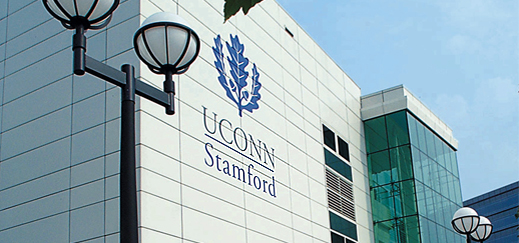 xpert guest lecturers from Connecticut companies will speak regarding subjects and crafts not included in the general curriculum. Officials indicate that upon successful completion of the DMCT, trainees will have completed a portfolio worthy project consistent with their selected track and representative of their work and learning. They will also receive a certificate of completion from the Connecticut Office of Film, Television & Digital Media for their selected track.
xpert guest lecturers from Connecticut companies will speak regarding subjects and crafts not included in the general curriculum. Officials indicate that upon successful completion of the DMCT, trainees will have completed a portfolio worthy project consistent with their selected track and representative of their work and learning. They will also receive a certificate of completion from the Connecticut Office of Film, Television & Digital Media for their selected track. The state’s Office of Film, Television and Digital Media supports and enhances Connecticut’s film, television and digital media industry. The film office is the statewide contact for motion picture, television and digital media production and serves as liaison between production companies, state agencies, municipalities, production facilities, local crew and vendors. The Office also administers the tax credit programs designed to incentivize the development of the industry here in Connecticut.
The state’s Office of Film, Television and Digital Media supports and enhances Connecticut’s film, television and digital media industry. The film office is the statewide contact for motion picture, television and digital media production and serves as liaison between production companies, state agencies, municipalities, production facilities, local crew and vendors. The Office also administers the tax credit programs designed to incentivize the development of the industry here in Connecticut.

 To qualify for the Best Communities designation, school districts provided detailed information about funding, graduation requirements, music class participation, instruction time, facilities, support for the music program, and community music-making programs.
To qualify for the Best Communities designation, school districts provided detailed information about funding, graduation requirements, music class participation, instruction time, facilities, support for the music program, and community music-making programs.


 Among the nation’s top businesses for new dad, an analysis by the website Fatherly, determined that two Connecticut-based companies – alcoholic beverages producer Diageo and financial data and analysis provider FactSet, earned slots in the top 50. Fatherly is a digital lifestyle guide for men entering parenthood.
Among the nation’s top businesses for new dad, an analysis by the website Fatherly, determined that two Connecticut-based companies – alcoholic beverages producer Diageo and financial data and analysis provider FactSet, earned slots in the top 50. Fatherly is a digital lifestyle guide for men entering parenthood.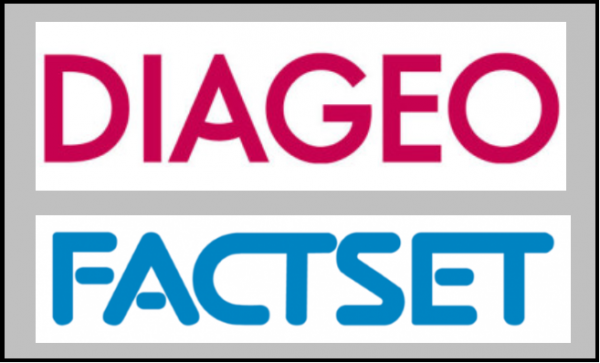 were Netflix, Spotify, Facebook, Patagonia, Bank of America, Pinterest, Google, Microsoft, Twitter, Airbnb, Johnson & Johnson, Accenture, MasterCard, Intuit and Intel.
were Netflix, Spotify, Facebook, Patagonia, Bank of America, Pinterest, Google, Microsoft, Twitter, Airbnb, Johnson & Johnson, Accenture, MasterCard, Intuit and Intel.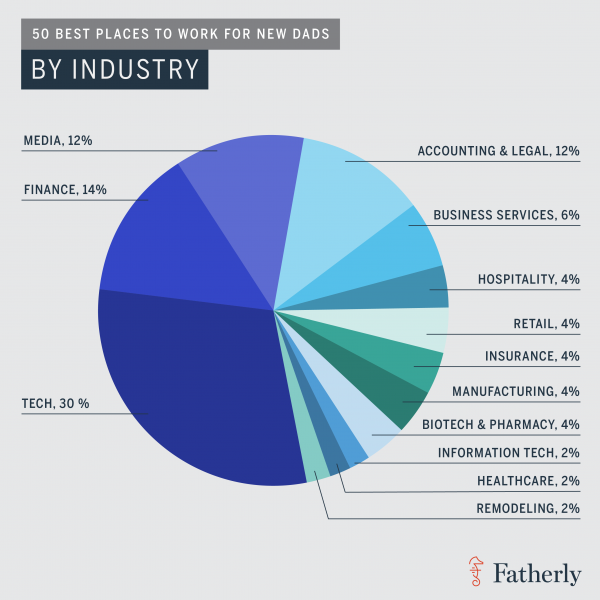
 rs Commission. Replacing them will be the Commission on Women, Children and Seniors and a Commission that merges the Latino, African-American and Asian Pacific American Commissions.
rs Commission. Replacing them will be the Commission on Women, Children and Seniors and a Commission that merges the Latino, African-American and Asian Pacific American Commissions.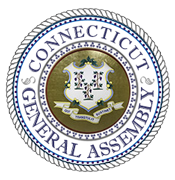
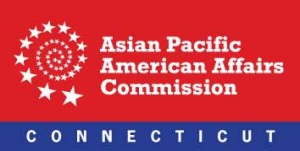

 The Latino and Puerto Rican Affairs Commission (LPRAC) was created by an act of the Connecticut General Assembly (CGA) in 1994. This 21 member non-partisan commission is mandated to make recommendations to the CGA and the Governor for new or enhanced policies that will foster progress in achieving health, safety, educational success, economic self-sufficiency, and end discrimination in Connecticut. As of 2014, the state’s Hispanic population exceeded 500,000, about 15 percent of the state’s overall population.
The Latino and Puerto Rican Affairs Commission (LPRAC) was created by an act of the Connecticut General Assembly (CGA) in 1994. This 21 member non-partisan commission is mandated to make recommendations to the CGA and the Governor for new or enhanced policies that will foster progress in achieving health, safety, educational success, economic self-sufficiency, and end discrimination in Connecticut. As of 2014, the state’s Hispanic population exceeded 500,000, about 15 percent of the state’s overall population. ”
” “This is an effort to reassert Connecticut as one of the strongest economies in the nation and in the world,” State Representative William Tong recently told WNPR. He's co-chair of the state’s
“This is an effort to reassert Connecticut as one of the strongest economies in the nation and in the world,” State Representative William Tong recently told WNPR. He's co-chair of the state’s 
 Another Connecticut school has received national recognition, as Military Times ranked the School of Business at Quinnipiac University as the best business school for veterans in Connecticut and the 24th best in the nation, according to its Best for Vets: Business Schools 2016 rankings.
Another Connecticut school has received national recognition, as Military Times ranked the School of Business at Quinnipiac University as the best business school for veterans in Connecticut and the 24th best in the nation, according to its Best for Vets: Business Schools 2016 rankings.


 tion into one composite indicator of entrepreneurial business growth.”
tion into one composite indicator of entrepreneurial business growth.”

